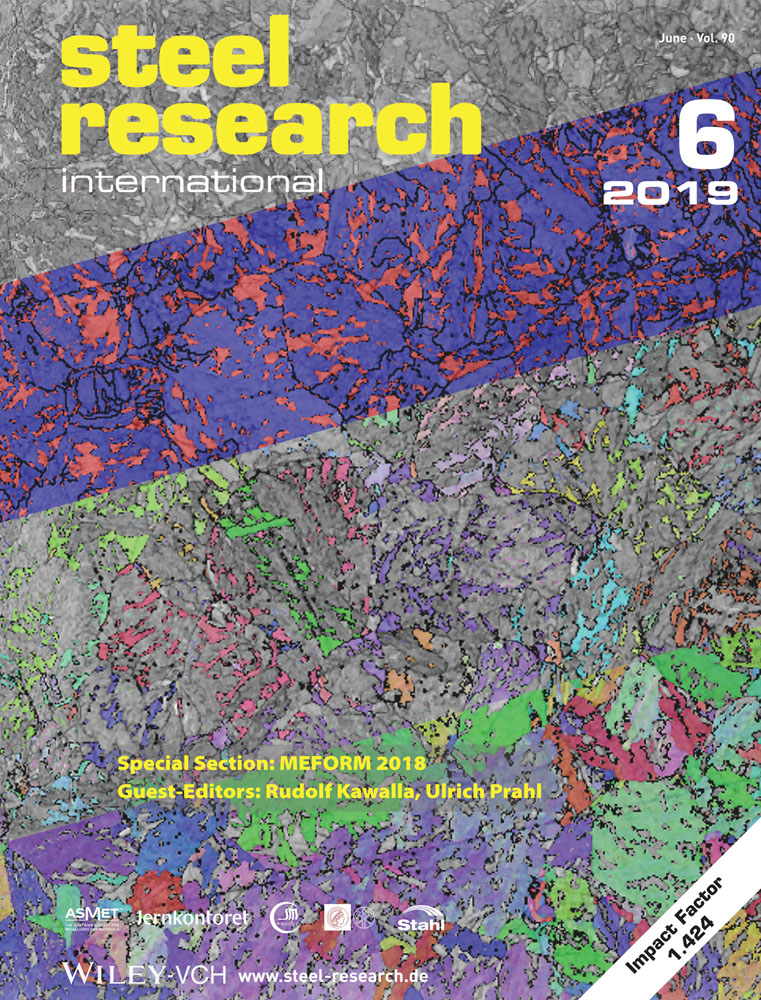Experimental Investigations and Multiscale Modeling to Study the Effect of Sulfur Content on Formability of 16MnCr5 Alloy Steel
Abstract
Addition of Sulfur to iron alloys improves the machinability of the components but reduces the formability. In this research, effect of varying Sulfur content from 0.008% to 0.03% in 16MnCr5 alloy steel on the formability of this steel grade by employing different formability tests is carried out. Tensile testing, transverse extrusion testing, expansion testing, and compression testing of normalized and non-normalized samples is carried out to investigate the deformation behavior. Numerical simulation model is developed on commercial FEM software ABAQUS using realistic material data and load history to get information about the distribution and evolution of strains and stresses in the samples for different formability test conditions. The ABAQUS Simulations results are compared with experimental observations and are found to be in agreement with less than 7% error. The maximum local strain distribution of the transverse extrusion test is used as a boundary condition to simulate the phase field DAMASK numerical simulation model in this research. Through these phase field simulations, the interplay of MnS inclusions with Ferrite, Pearlite phases at strains just before failure are analyzed. The study provides a detailed insight into the factors responsible for difference in formability of 16MnCr5 alloy steel due to varying Sulfur content.
Conflict of Interest
The authors declare no conflict of interest.




